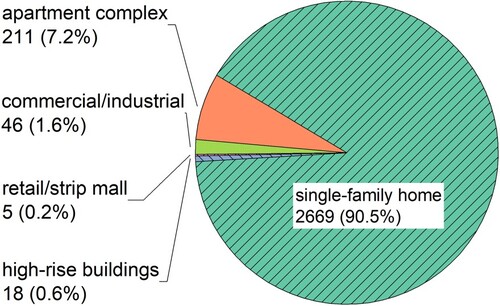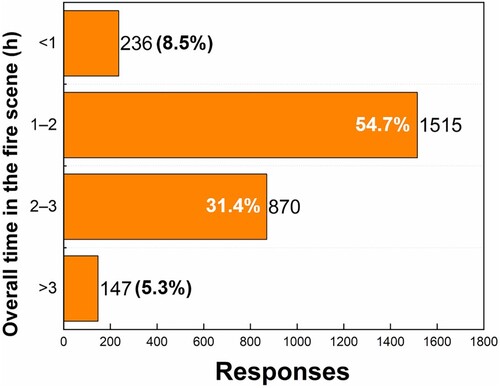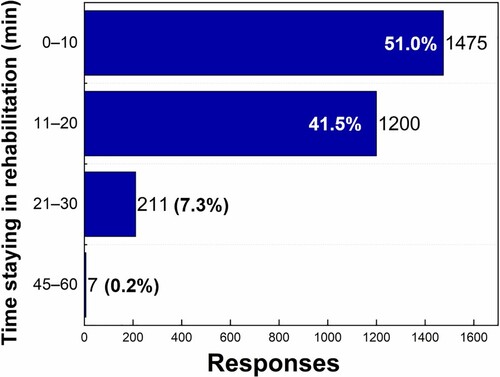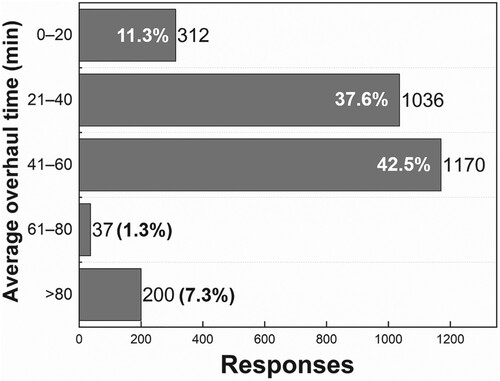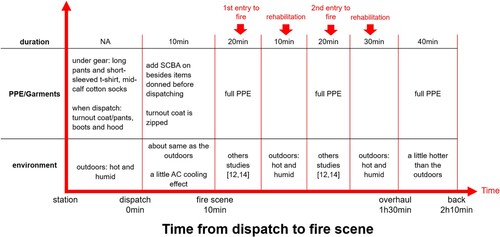Figures & data
Figure 1. Survey demographics: (a) fire department type; (b) firefighter rank in the department; (c) years of service. Note: Based on 2949 responses.

Figure 2. (a) Service location and (b) climate during the summer months. Note: Based on 2949 responses).
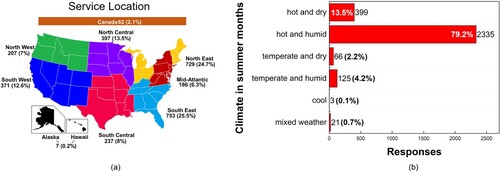
Table 1. Garments worn under turnout gear in summer months.
Table 2. PPE items worn before and after getting into the apparatus when being notified of a suspected working fire.
Figure 5. Time duration of SCBA cylinders worn by firefighters. Note: Based on 2903 responses. SCBA = self-contained breathing apparatus.
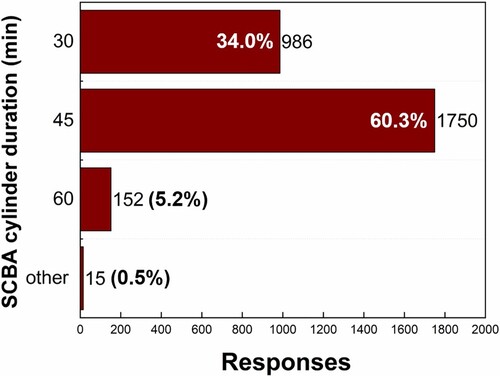
Table 3. PPE items worn during overhaul.
Figure 6. PPE items removed during rehabilitation in the summer months. Note: Based on 2768 responses. PPE = personal protective equipment; SCBA = self-contained breathing apparatus.
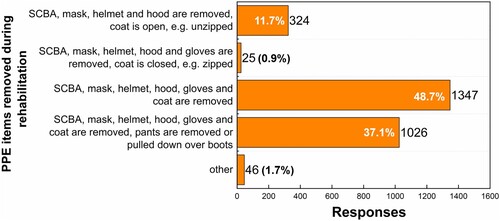
Figure 7. Firefighters’ perception of (a) apparatus interior climate compared to outdoor weather conditions during warmer months and (b) apparatus AC cooling effect in transit. Note: Based on 2917 responses. AC = air conditioning.
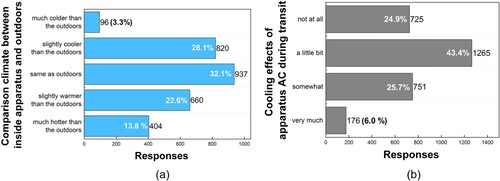
Figure 8. Firefighter perception of the thermal environment during overhaul compared to the outside temperature. Note: Based on 2746 responses.
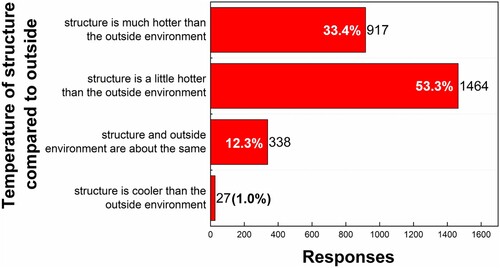
Figure 9. Average response time to a suspected working fire in summer months. Note: Based on 2917 responses.
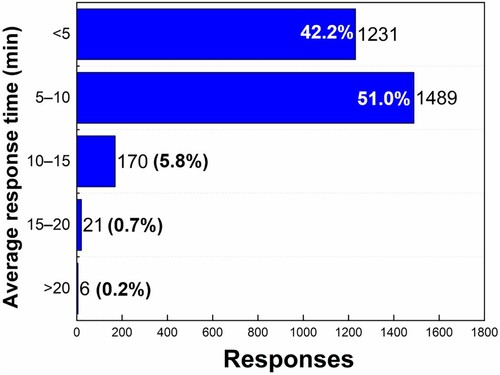
Figure 11. Distribution of time on scene by intensity of work activity. Note: Based on 2768 responses.
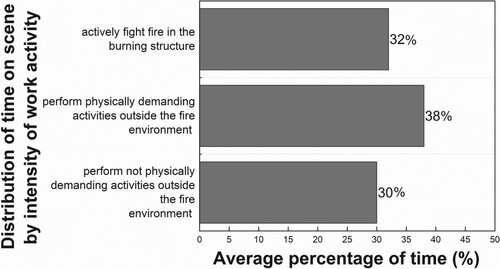
Figure 12. (a) Re-entry times to a working fire after the first entry (based on 2893 responses) and (b) average time for SCBA EOSTI to go off (based on 2903 responses). Note: EOSTI = end-of-service time indicator; SCBA = self-contained breathing apparatus.
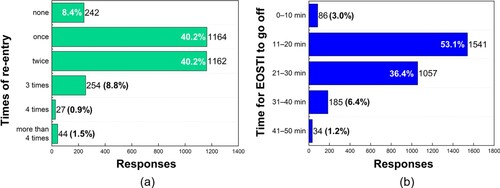
Figure 15. Firefighter ranking of most strenuous tasks in structural firefighting. Note: Based on 2949 responses. First rank is rated to be the most physically demanding task.
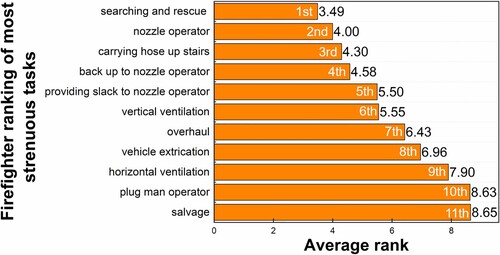
Table 4. Typical firefighter comments on environmental conditions and activities that cause heat stress.

